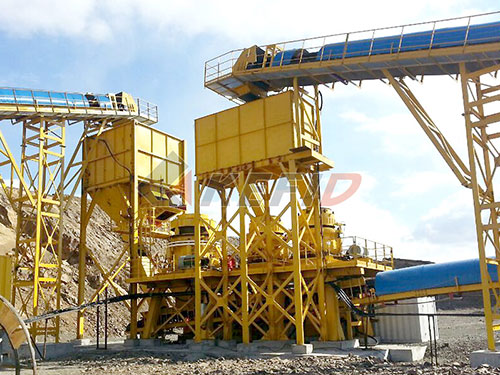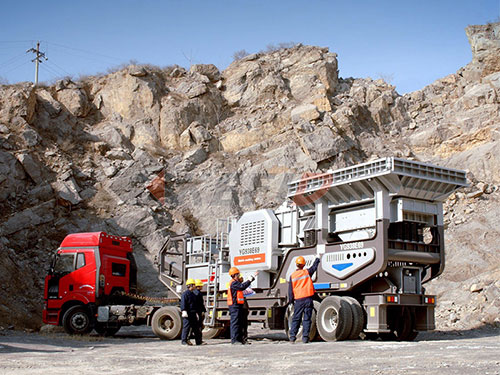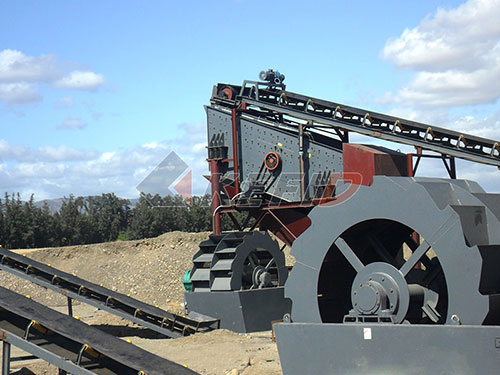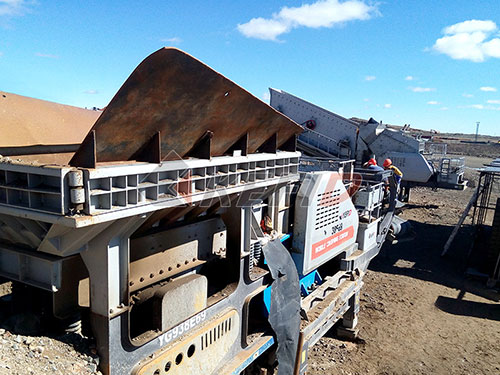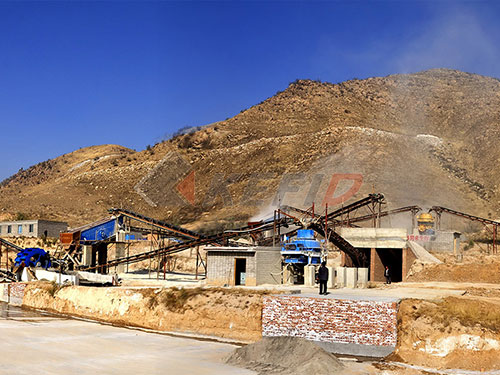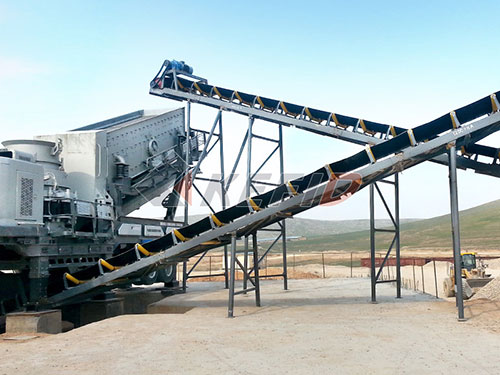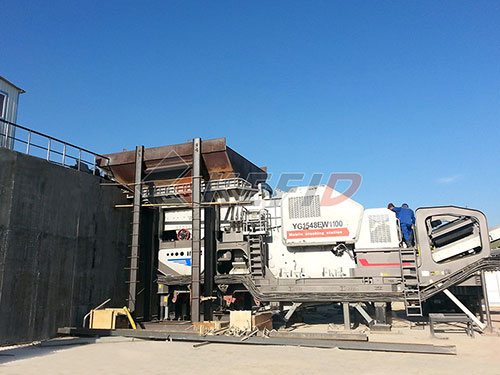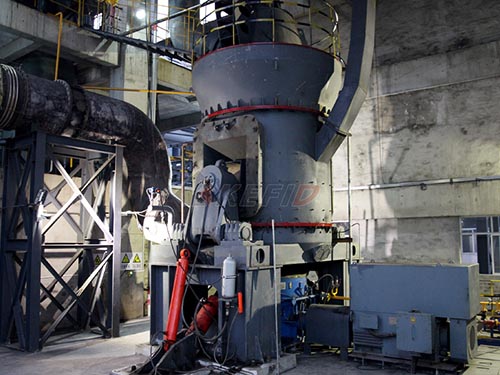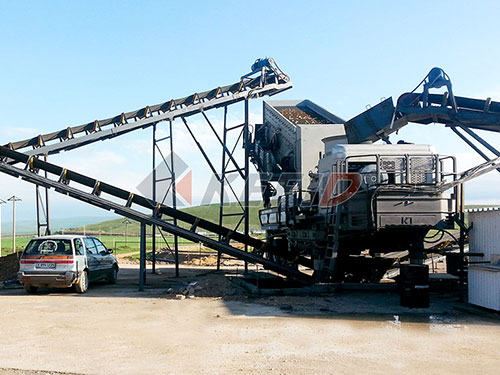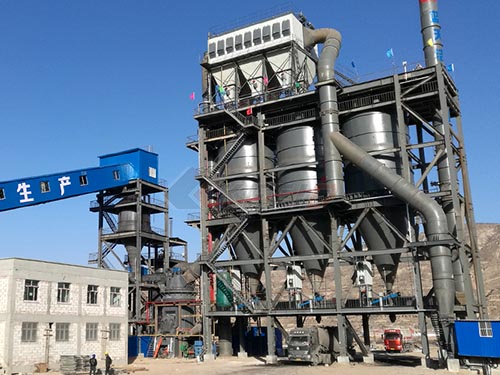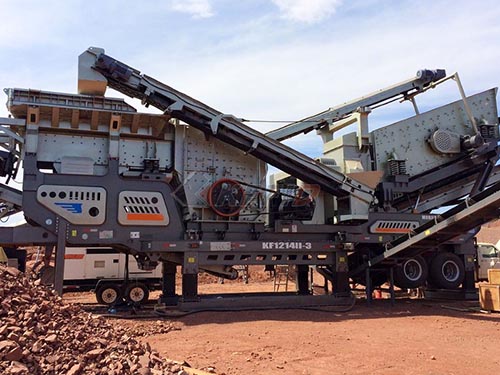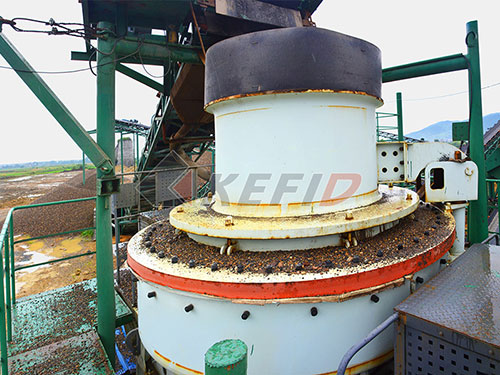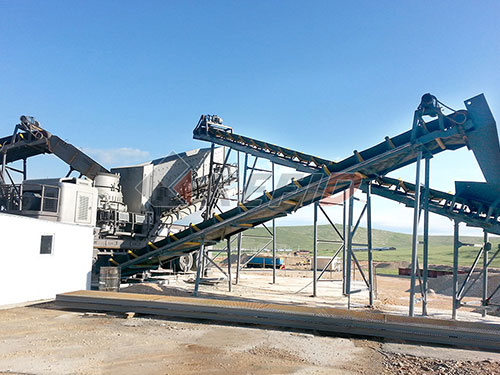
Where to Find Crushed Limestone in Skagit Valley, Washington
For residents, farmers, and contractors in Skagit Valley seeking crushed limestone (often referred to as ag lime, agricultural limestone, or simply gravel/rock), several reliable local suppliers can meet your needs. Crushed limestone is a versatile material prized for its ability to neutralize acidic soils (crucial for the valley’s rich agricultural land), provide stable driveways and pathways, serve as a base material for construction projects, and even in decorative landscaping.
Here are the primary places to source it within Skshit Valley:
1. Local Rock Quarries & Aggregate Suppliers (Best for Bulk Quantities):
Skagit Rock (Burlington): A major local supplier of sand, gravel, and rock products. They consistently stock various sizes of crushed limestone/gravel suitable for driveways, road base, drainage projects, and agricultural use. Expect competitive pricing for bulk loads (typically by the ton or cubic yard). They often deliver or you can pick up with an appropriate truck.
Valley Redi-Mix / Skagit Ready Mix (Multiple Locations – Concrete Plants): While primarily known for concrete, many ready-mix concrete plants also operate aggregate divisions or have strong relationships with quarries. They frequently offer crushed rock products like limestone/gravel for sale by the ton or yard. Check their specific locations in Burlington or Sedro-Woolley.
Other Regional Quarries: While perhaps not directly in the valley floor, quarries operating just outside the immediate area (e.g., towards Mount Vernon or Sedro-Woolley outskirts) often supply materials into Skagit Valley. Checking with companies serving the broader North Puget Sound region can sometimes yield options.
2. Landscape Supply Yards & Garden Centers:
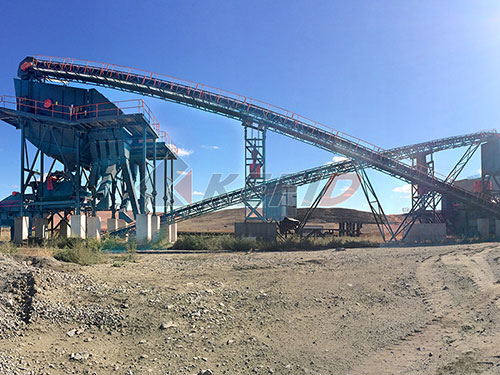
Bark Blowers & Topsoil (Burlington): This supplier offers a wide range of landscaping materials beyond bark and topsoil. They typically carry various types of gravel and crushed rock, including options like crushed limestone or similar light-colored aggregates suitable for decorative pathways and driveways. Ideal for smaller residential projects where bulk quarry delivery might be excessive.
Local Nurseries & Large Garden Centers: Some larger nurseries or dedicated landscape supply stores within towns like Mount Vernon, Burlington, or Sedro-Woolley may stock bagged crushed limestone/gravel or offer it in smaller bulk quantities (“scoops” measured by a small front-end


